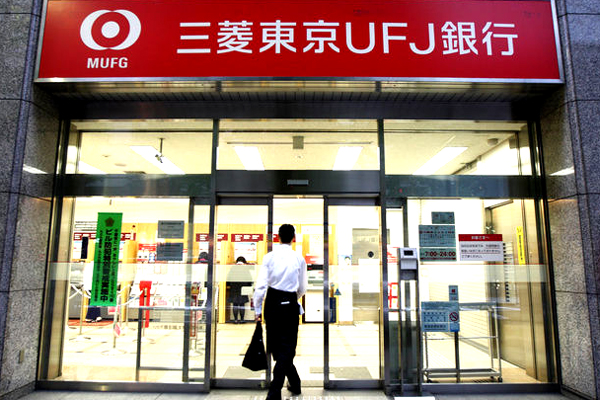
Foreign banks charge back into GCC as local lenders squeezed
TOKYO, December 15, 2015
Foreign banks are regaining lost ground in the Gulf's financial sector, stealing a march on local lenders as they grapple with job cuts and a liquidity squeeze caused by the plunging oil price.
Japanese, French and US banks are looking to pick up business in the region as the oil price slump pushes domestic players to curb the flow of cheap loans which, until recently, had secured them a dominant position in the market.
The shift marks a change in fortune for Gulf banks, which in the years following the global financial crisis had poached staff and aggressively filled gaps left by international lenders as they retreated to tackle problems at home.
"The recent changes in liquidity and pricing have probably levelled the playing field more equally between the local and international banks," said Simon Eedle, group regional head of the Middle East at Natixis, noting the market was much changed from six months ago.
Leading the charge of foreign lenders are Japan's megabanks: Mitsubishi UFJ Financial Group (MUFG), Mizuho Financial Group and Sumitomo Mitsui Financial Group (SMFG).
Flush with the proceeds of their government's "Abenomics'" quantitative easing programme, all three are hiring staff and increasing business lines as they look to deploy funds.
"We believe that current market conditions will create a number of business opportunities for us if we use our strengths effectively," remarked Hidefumi Takeuchi, regional head of the Middle East, North Africa and Central Asia at Mizuho Financial Group.
Japan's export credit agencies - Japan Bank for International Cooperation (JBIC) and Nippon Export and Investment Insurance (NEXI) - have helped support the lenders' in-roads, with Japanese contractors securing big wins in Gulf infrastructure projects and bringing with them cash from their home financial institutions.
That puts Japanese lenders in prime position for advisory roles on these huge deals. The adviser on the $5.2 billion Liwa plastics project in Oman is SMFG.
Local banks dominated Gulf loan markets in recent years due to the low cost of funds from government oil deposits which provide around 10 to 35 per cent of banks' non-equity funding in the six-nation Gulf, according to rating agency Moody's.
While this drove loan interest rates to uneconomical levels for foreign lenders, the oil price fall has severely impacted the amount of liquidity local banks could lend and the rate at which they do.
Highlighting this problem is the UAE's three-month Emirates Interbank Offered Rate (EIBOR), at a record low as recently as February but trading at a 31-month high last week.
The squeeze is already starting to be felt: First Gulf Bank, the UAE's third-largest bank by assets and one of the most expansive names during the boom, laid off around 100 staff last month.
Local banks are also going from being lenders to borrowers, with unprecedented activity in the financial institutions loan market as the year closes and banks seek to lock in funding before US interest rates increase.
The result is only one regional bank - Riyad Bank - has a top-six slot in the year-to-end-November 2015 league table for Gulf syndicated lending, down from four in 2014, according to Thomson Reuters data.
Japan's MUFG and SMFG secured second and third spots in the table respectively, while Samba Financial Group slipped to 23rd from 2nd in 2014.
The trend is set to continue in 2016 as oil remains subdued, restricting the revenue Gulf governments can place with local lenders.
Last time foreign banks held pole position in Gulf banking, the leading names included many U.S. and European banks, but many of those cut services or, in the case of Royal Bank of Scotland and Lloyds Banking Group, withdrew completely after the financial crisis.
That's helped clear the way for the Japanese banks to gain market share so quickly, epitomised by their leading role as three of six arrangers on a $5.5 billion loan to Qatar.
But some of the old international players remain.
In the loan market, French banks are returning strongly and are set to benefit as liquidity dries up at local lenders.
"Whereas some people are now nervous because we've seen the price of credit rise very quickly, this is exactly what I want as I can continue lending," said Natixis' Eedle.
Such price rises, plus a reduction in liquidity as fewer banks offer loans, should push more borrowers to debt capital markets in 2016, which will suit international banks who can give local institutions access to global investor cash.
The environment in which international banks operate has changed much since 2008 though. New regulations make it more capital-intensive to sell the kind of products which have been the staple of the Gulf, such as long-dated loans, meaning local companies will have to adapt to the new banking order.
"We live in a return on equity world and that's what motivates us now," said Sammy Kayello, chairman of Middle East and North Africa at Morgan Stanley. -Reuters







